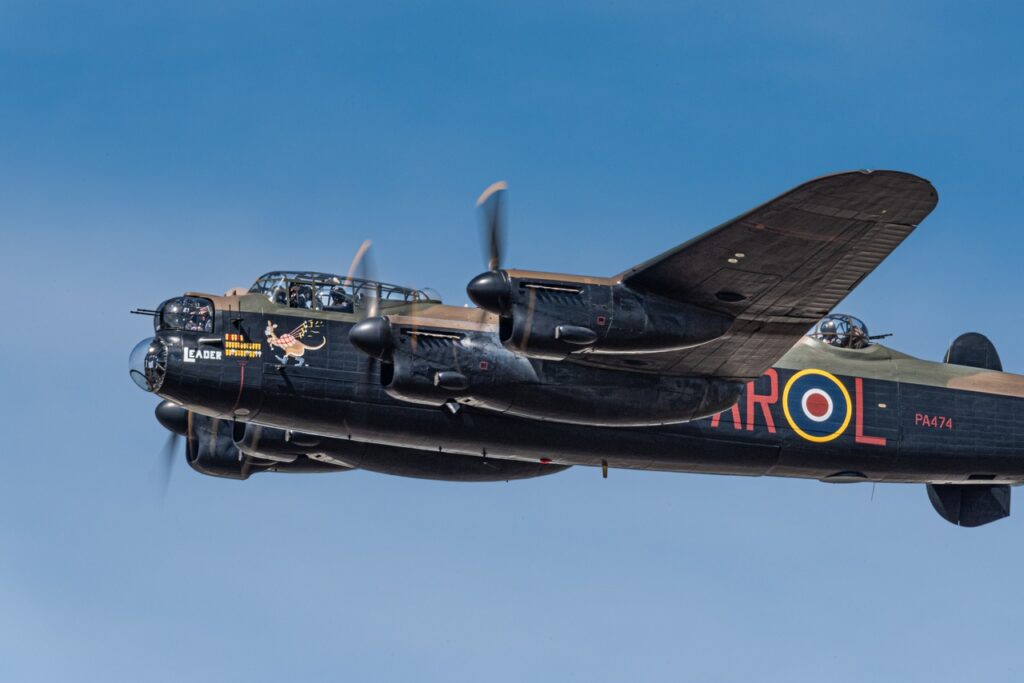
The U.S. Army May Have Prepared for the Wrong War
On February 7, Vice Chief of Staff for the Army Gen. Daniel Allyn stated that only three of fifty-eight combat brigades in the U.S. Army were sufficiently trained for wartime deployment, blaming the condition on sequestration. It is not the lack of money, however, that is behind the army’s inability to maintain ready forces. Rather, it is the obsolete force structure the army has maintained since World War II. Fortunately, modern thinking and a new organization for the army could reverse this trend—without requiring an increase in the budget.
Just four years earlier, then Army chief of staff Gen. Ray Odierno claimed that the United States only had two trained army brigades, also blaming the lack of readiness on sequestration. The army is by no means under a cash crunch with an annual budget of $148 billion.
It is more, by itself, than the entire defense budgets for Russia, Germany and Japan combined. Sequestration is not what is making the U.S. Army inadequately ready. It is how the money is spent and the way the service is organized that makes the difference. Russia and China have both recognized the changing nature of war and have abandoned the formations born during World War II. Their armies have materially improved as a result.
Beginning in 2010, Russia’s ground forces began eliminating the division structure it had used since the battle of Stalingrad in favor of smaller, more lethal combined arms formations. An analysis of Russia’s reformation in the U.S. Army’s Infantry magazine last year warned that “in Eastern Europe, Russia has been employing an emergent version of hybrid warfare that is highly integrated, synchronized, and devastatingly effective.”
The new Russian battalions “are characterized as highly integrated, extremely powerful, and exceptionally mobile,” the authors explained, noting they were composed of “of a tank company, three mechanized infantry companies, an anti-tank company, two to three batteries of artillery (self-propelled guns and multiple launch rocket), and two air defense batteries.” Chinese ground forces, likewise, have reformed their formations and upgraded their warfighting doctrine.
The Chinese People’s Liberation Army (PLA) ground forces began reorganizing their main fighting formations more than a decade ago to take advantage of advances in the technology of war. They moved away from masses of infantry troops to armored, mobile all-arms formations. Like the Russians, they are mostly eliminating the division structure in preference for smaller, more lethal and survivable brigade combat groups. The Department of Defense (DoD) soberly recognizes these trends and their potential implications.
Prior to the 2003 invasion of Iraq, U.S. ground forces still retained a robust conventional training focus and had a clear ground advantage over Russia and China. In the years since, however, a reorientation on becoming masters of counterinsurgency tactics has resulted in a significant deterioration in conventional fighting skills. More importantly, the United States lost a decade when it could have modernized, reorganized, and improved the army. The advantage America once had over Russia and China has been eroded. If changes are not made, the U.S. Army could soon fall behind them. Fortunately, there is help on the horizon.
In 2015, the National Defense Authorization Act (NDAA) established The National Commission on the Future of the Army and charged them by 2016 to make an assessment of the size and force structure of the future army. One of its key recommendations was that “Congress should require the Secretary of Defense and Joint Staff to oversee the modeling of alternative Army design and operational concepts—including the Reconnaissance Strike Group (RSG).” The RSG is an element of a larger army-wide transformation model designed by retired U.S. Army Col. Douglas Macgregor.
The RSG is a six-thousand-person all-arms, all-effects battle group that is “designed to lead change by exploiting new, but proven technologies in a joint, integrated operational context,” according to Macgregor’s online briefing. The Senate Armed Services Committee adopted the recommendation of the Army Commission and the 2017 NDAA ordered the creation of an RSG Office to model and assess the effectiveness of the new construct.
The RSG is organized within a comprehensive operational construct that synthesizes maneuver, strike, ISR (intelligence, surveillance, reconnaissance) and sustainment capabilities. Unlike current army formations, the RSG is a self-contained organization that is an all-arms, mobile armored combat formation commanded by a one-star general that has substantial striking power and greater survivability than current force units.
The Russian and Chinese have already begun moving to this type of reformation. The RSG, manned and led by highly trained American soldiers, has the potential to reestablish the U.S. Army as the world’s unchallenged land power.
It is far from certain that sequestration will be lifted any time soon and in any case, it doesn’t appear that the army will get anywhere near as much of a budget boost as it wants. If the United States wants more than two or three of its fighting brigades combat ready on a consistent basis, it’s time to give the RSG and larger army reform serious attention.
Daniel L. Davis is a Senior Fellow for Defense Priorities and a former Lt. Col. in the U.S. Army who retired in 2015 after twenty-one years, including four combat deployments.
Image: M1A1 Abrams tank in Iraq. Flickr/U.S. Army


